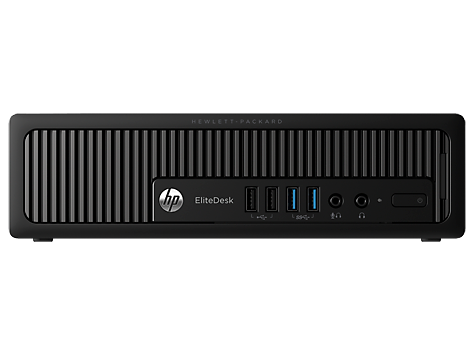Running HP EliteDesk 800 G1 USDT on 13.8 volts DC
I got a HP EliteDesk 800 G1 USDT Ultra Slim Desktop computer for my ham schack. This is a small computer running on an external power supply just lika a laptop. It turned out to be the major source of RFI in my ham schack.

I suspected the power supply was the culrpit as those are switched ones and thought it might be possible to run the computer directly on my 13.8 VDC power supply that I use for my radios. The only voltages used in a computer is 12 and 5 volts, so there is probably a voltage regulator on the power input that regulates the voltage down from the 19 volts DC that the power supply outputs. Will it also run on 13.8 VDC?
Read more: Running HP EliteDesk 800 G1 USDT on 13.8 volts DCThe power cable to the HP EliteDesk 800 G1 USDT has a 3 pole connector, just the same as on laptops. One is negative, one is positive and the pin in the middle is a “power good” signal from the power supply. I read about people running 3rd party power supplies by connecting the power good over a resistor to the positive side, see this page.

Will it run if I just connect the power good to positive without a resistor? When I measured the voltages from the original power supply positive was +19 VDC and power good read about +12 VDC so it might be sufficient. Discussing it with a tech savvy friend, he suggested it might work and be worth a try.
I didn’t want to cut the cable on the original power supply but luckily I have a friend who hoardes old technical stuff and he happened to have an old broken HP laptop power supply, with the correct cable (who saves broken power supplies?, well it turned out to be useful in this case)
It works!
It turned out it works fine, no resistor needed. This might vary from model to model, but the HP EliteDesk 800 G1 USDT it works by directly connecting power good to the positive. This (image below) is the cable I now use to run my computer directly on 13.8 VDC. Black lead is negative, white is positive and blue is power good.
On 20 meters (14 MHz) my noise floor dropped from S5 to S0-A1!

















